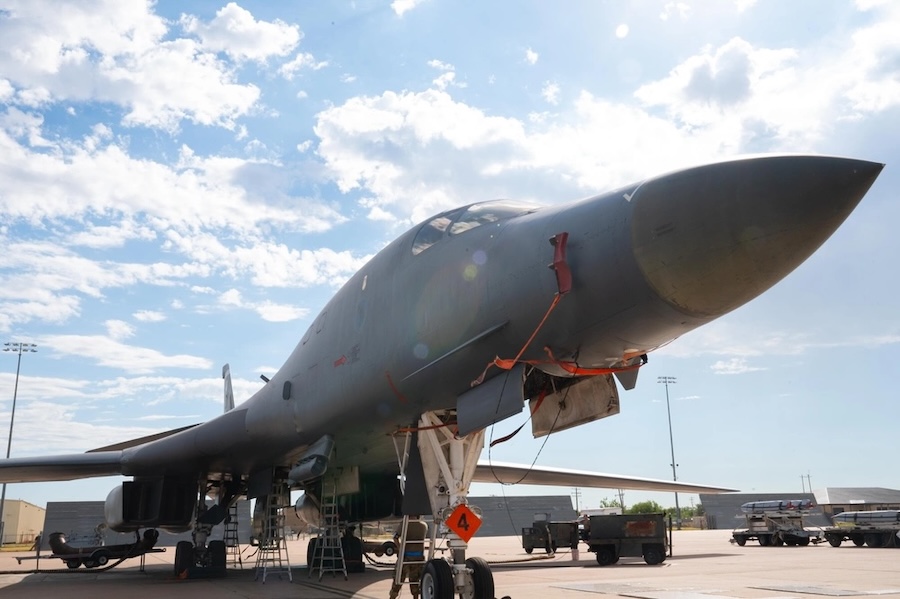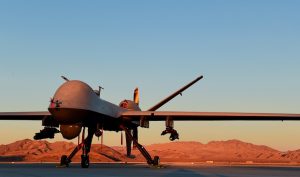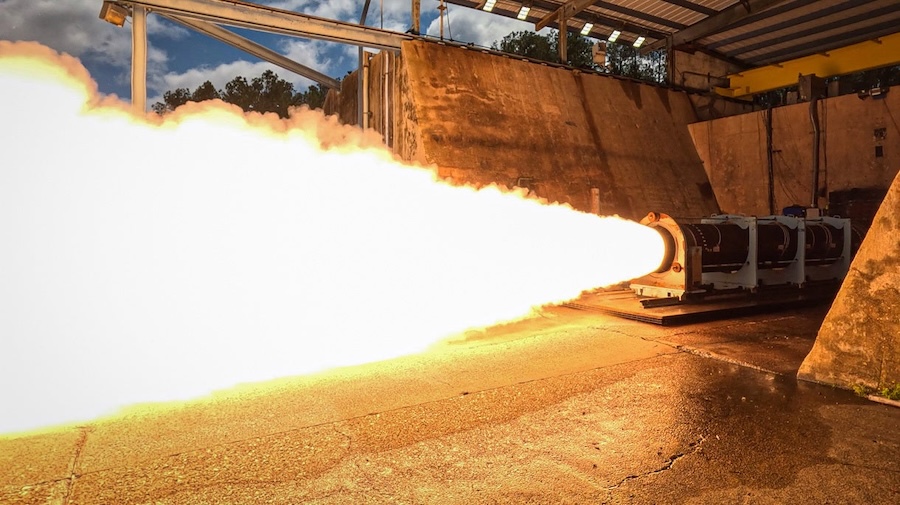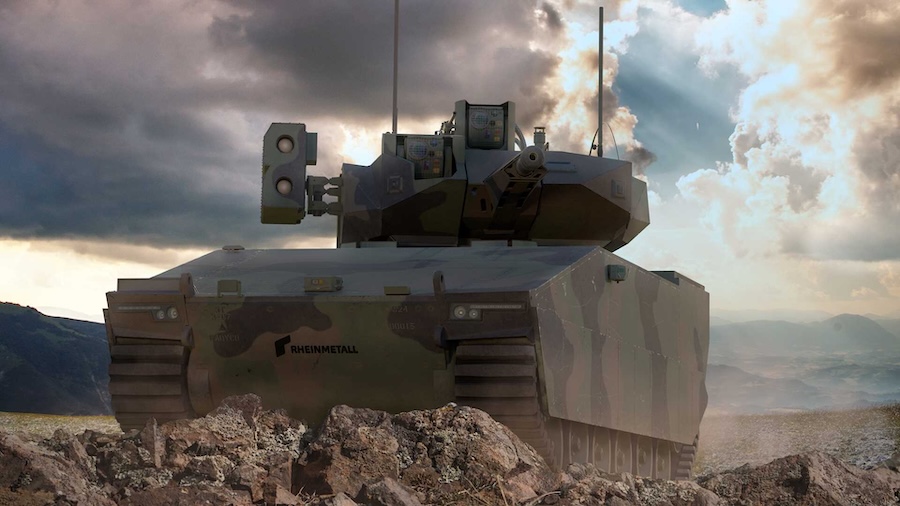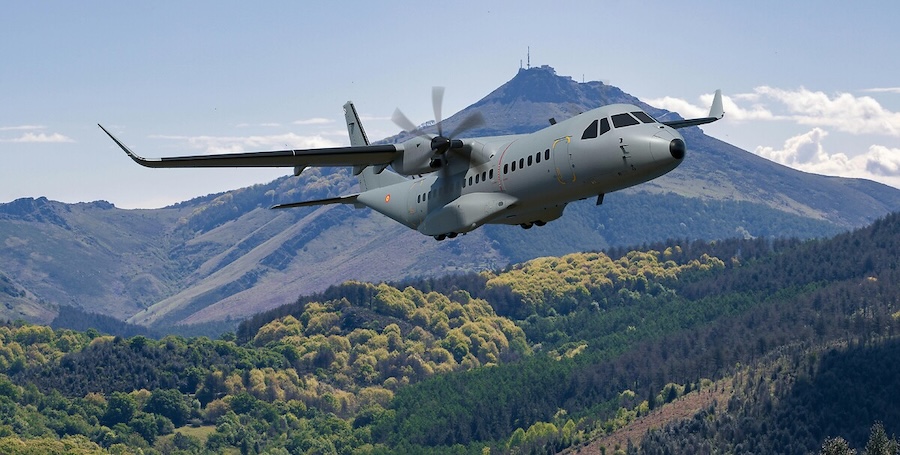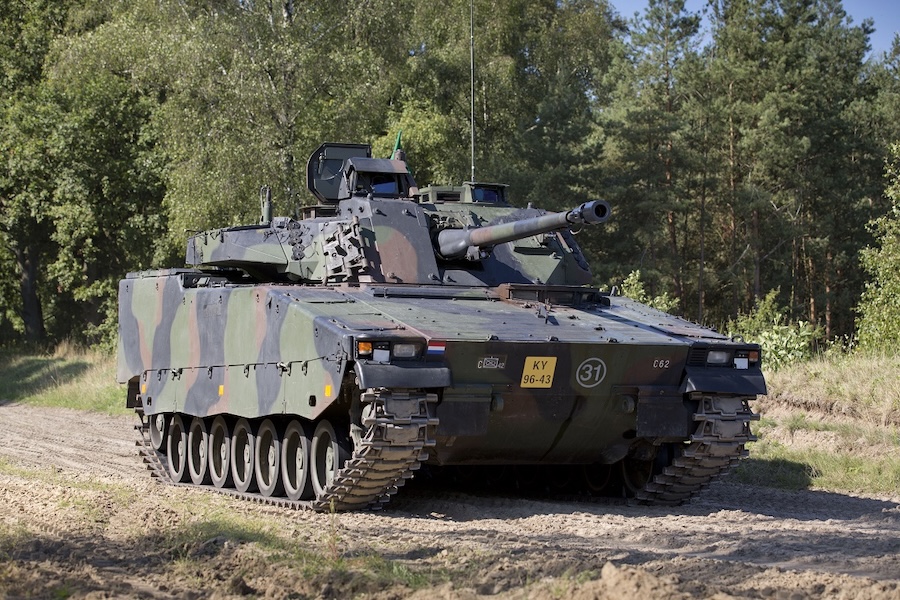Death Strike 25-03 involved a higher headquarters-approved War Reserve Material movement, including the large-scale handling, re-warehousing, and generation of the entire Joint Air-to-Surface Standoff Missile (JASSM) stockpile. The operation also featured a timed break-out of the munitions for transport and coordinated delivery to the flightline.
“The exercise demonstrates our ability to provide the weaponry that is needed at any given time, whether it be a standoff munition or a conventional munition,” said Chief Master Sgt. Jason Buzzard, 7th Munitions Squadron senior enlisted leader. “It shows the strength of 7th MUNS as a whole to be able to react at any time, any place.”
For the first time in over a decade, 7th MUNS leadership activated an alternate explosive route, requiring the 7th Security Forces Squadron to escort inert weapons from the storage area to the flightline. According to Buzzard, this scenario forced crews to employ a secondary route and validated contingency routing procedures under realistic time constraints.
“The alternate explosive route gives Airmen another option to get out of the bomb dump and into the fight,” Buzzard said. “We need Airmen at all levels to know how to lead through complex challenges when called upon.”
Once the munitions reached the flightline, Airmen from the 28th Bomber Generation Squadron loaded the JASSMs onto B-1B Lancers as part of their generation training. Master Sgt. Alex Ponzi, 28th BGS weapons maintenance section chief, explained that using two simultaneous load crews significantly reduced loading time.
“We can generate jets 50% faster with two crews loading at the same time,” Ponzi said. “What we did in this exercise is we got better. Every iteration that we have of these and the more frequently we can do them, the better our Airmen are going to be.”
Although the exercise was internal to 7th MUNS and the 28th BGS, units across the installation supported ongoing operational requirements amid the manpower and equipment demands of Death Strike 25-03. The 7th Logistics Readiness Squadron coordinated real-world movement, Petroleum, Oil and Lubricants teams refuelled vehicles on site, and Aerospace Ground Equipment teams handled troubleshooting and repairs.
“Death Strike 25-03 was a whole team effort,” said Buzzard. “The exercise puts a strain on all these other organizations, but the interoperability and coordination has been awesome. We have strong Airmen leaders that have been able to come in and help us out to ensure mission success.”
Lt. Col. John Rider, commander of the 7th Munitions Squadron, referenced a previous iteration, Death Strike 24-02, which included the 9th Bomb Squadron and 9th Bomber Generation Squadron and resulted in the largest GBU-31 training expenditure in Air Force Global Strike Command history.
The 7th Bomb Wing continues to train Airmen to deliver credible and decisive combat power worldwide. Death Strike 25-03 demonstrated the wing’s ability to generate long-range strike precision and sustain both conventional and standoff capabilities under high-tempo conditions.



